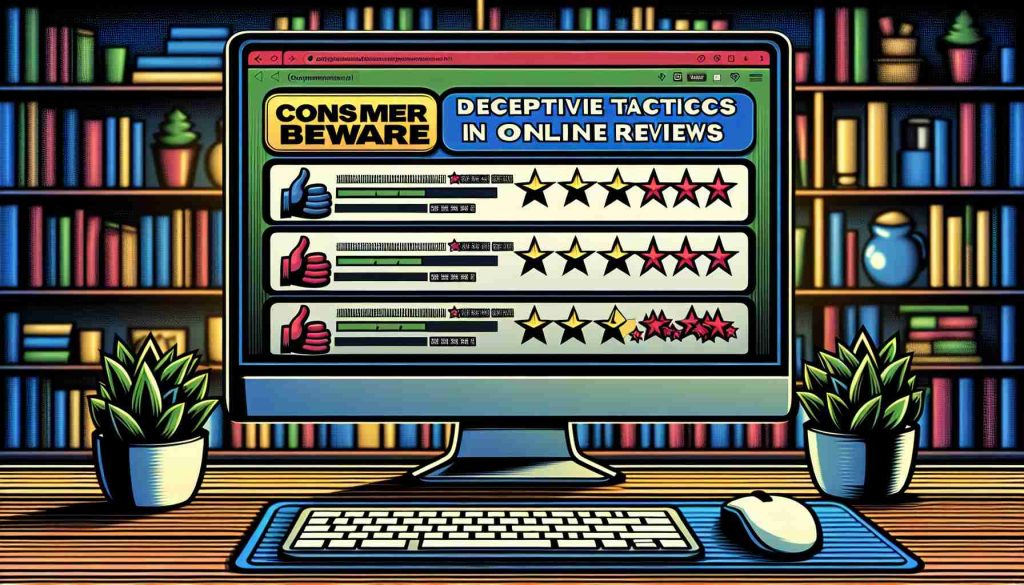In the digital age, the concept of “high ratings” often signifies a positive reputation and increased traffic for businesses. However, the use of tactics like offering cashback for positive reviews can lead to unethical practices and undermine the credibility of review systems.
Many businesses have shifted from overtly displaying “cashback for positive reviews” on their websites to more discreet methods, such as slipping in these offers through small notes or cards in their product packaging.
One customer stated, “While shopping online, I often receive these types of cards. Even if I’m not completely satisfied with the product, the polite language on the card sometimes convinces me to leave a five-star review in return for some cashback.”
In some cases, businesses mislead consumers and regulatory bodies by incentivizing reviews under the guise of activities like “sharing purchase experiences.” This manipulation can erode trust in review systems and lead to disappointing consumer experiences.
To combat this trend, platforms are cracking down on businesses engaging in incentivized reviews. However, some businesses continue to find ways to manipulate reviews for the sake of maintaining high ratings, despite the negative impact on consumer trust.
Consumers are advised to approach online and offline reviews with caution, seek out substantive content, and provide honest feedback to promote integrity in the review process. Regulatory bodies must also play a role in holding businesses accountable for deceptive practices to ensure fair competition and consumer protection in the marketplace.
Consumers Warned of the Risks Associated with Incentivized Reviews
As the practice of incentivized reviews continues to be a concern in the realm of consumer feedback, it is essential for individuals to delve deeper into this issue to make informed decisions. While the previous article shed light on the deceptive tactics employed by businesses to garner positive reviews, there are additional facets to consider.
Key Questions and Answers:
– What are the implications of relying on incentivized reviews? Relying solely on incentivized reviews can lead to a skewed perception of a product or service, as the feedback may not be entirely genuine or reflective of actual customer experiences.
– How prevalent are incentivized reviews in the current market? Incentivized reviews are still prevalent, despite efforts to crack down on such practices. Businesses often resort to subtle methods to persuade customers to leave positive reviews in exchange for rewards.
– What steps can consumers take to spot incentivized reviews? Consumers should look for patterns of overly positive reviews, similarities in language or content, and take note of the timing of these reviews in relation to promotional activities.
Challenges and Controversies:
One of the main challenges associated with incentivized reviews is the erosion of trust in review systems. When consumers are unable to distinguish between authentic and paid feedback, the integrity of the entire review process comes into question. Moreover, the potential for businesses to manipulate ratings through incentivization poses a significant controversy, raising concerns over fair competition and consumer protection.
Advantages and Disadvantages:
While incentivized reviews may provide short-term benefits for businesses in terms of boosting their ratings and visibility, the long-term disadvantages far outweigh these gains. The credibility and trustworthiness of the reviews are compromised, leading to disillusioned consumers and a tainted reputation for the businesses involved.
Consumers are encouraged to remain vigilant when navigating the landscape of online reviews and to prioritize authenticity over incentivized feedback. By actively seeking out genuine opinions and sharing honest feedback, individuals contribute to a more transparent and trustworthy review ecosystem.
For further insights on consumer protection and awareness, visit Federal Trade Commission.




















